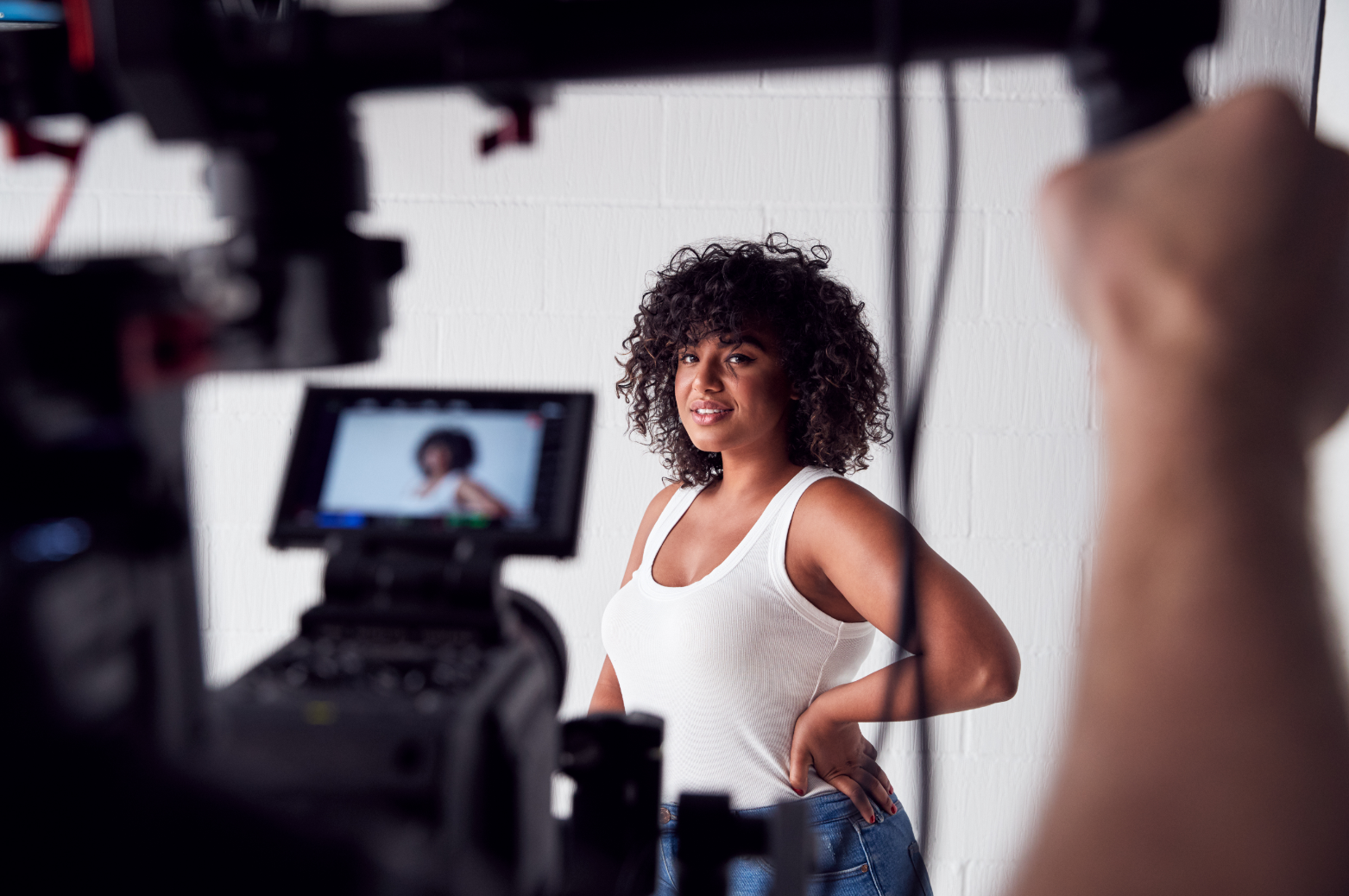360-Degree Videos: Immersive Experiences for Your Audience

Have you ever felt the thrill of standing at the center of a bustling concert, or the serenity of gazing into the vastness of a pristine wilderness, all from the comfort of your own home? Welcome to the realm of 360-degree videos, where ordinary screens transform into portals to immersive experiences that defy the boundaries of time and space. In this dynamic age of technology, it's no longer enough to simply view content; we yearn to live and breathe it. Join us as we unravel the captivating world of 360-degree videos and explore how they're reshaping the way we engage with digital media.
Understanding 360-Degree Videos and Their Potential
360-Degree Video Technology: 360-degree videos are created using multiple cameras or specialized cameras that capture a full sphere of footage. This immersive technology allows viewers to navigate the video by panning, tilting, and zooming, giving them control over their viewing experience.
Immersive Video Content: 360-degree videos enable a sense of presence and immersion, making viewers feel as if they are physically present in the scene. The ability to explore and interact with the environment creates a more engaging and memorable experience.
Interactive Video Experiences: With interactive elements embedded within 360-degree videos, viewers can interact with hotspots, menus, or clickable annotations, adding an extra layer of engagement and interactivity.
Benefits of Incorporating 360-Degree Videos in Your Content Strategy
Enhanced Viewer Engagement: The immersive nature of 360-degree videos captures and holds viewers' attention for longer periods. Studies have shown that viewers spend significantly more time engaged with 360-degree videos compared to traditional videos1.
Immersive Storytelling: 360-degree videos provide a unique storytelling medium, allowing you to transport viewers to different locations or events. You can create narratives that unfold in a more interactive and experiential way, making your content more memorable and impactful.
Increased Brand Awareness and Engagement: By offering immersive experiences, you can differentiate your brand and leave a lasting impression on your audience. 360-degree videos generate higher brand recall and increase the likelihood of social sharing, expanding your reach and engagement.
Versatile Application: 360-degree videos have diverse applications across various industries and sectors. They can be used for virtual tours, product demonstrations, training simulations, event coverage, and more.
Creating Captivating 360-Degree Video Experiences
Scripting and Storyboarding: Plan your 360-degree video by scripting the narrative and storyboarding the scenes. Consider how the immersive format can enhance the storytelling and create a seamless flow of experiences.
Camera Placement and Movement: Experiment with different camera angles and movement techniques to guide viewers' attention and create a dynamic viewing experience. Use camera movements sparingly to avoid disorienting the viewers.
Audio Design: Audio plays a crucial role in 360-degree videos. Consider using spatial audio techniques to enhance the immersion and create a realistic soundscape that matches the visuals.
Post-production Editing: Use specialized software to stitch together the footage from multiple cameras and edit the final 360-degree video. Add interactive elements or annotations to create a more engaging experience for viewers.
Equipment and Software for Shooting 360-Degree Videos
360-Degree Cameras: Various cameras are available in the market specifically designed for capturing 360-degree footage, such as the GoPro Max, Insta360, or Ricoh Theta.
Editing Software: Use editing software like Adobe Premiere Pro, Final Cut Pro, or Kolor Autopano Video to stitch together and edit your 360-degree footage.
Planning and Pre-production for 360-Degree Videos
Location Scouting: Select locations that offer unique perspectives or immersive environments that align with your video's purpose.
Scriptwriting: Develop a script that takes advantage of the 360-degree format and guides viewers through the immersive experience.
Storyboarding: Create a storyboard to visualize the scenes and camera movements, ensuring a coherent and engaging narrative flow.
Shooting Techniques and Best Practices for 360-Degree Videos
Avoiding the Stitching Line: Position the camera and plan the shots to minimize the visibility of the stitching line where the different camera views are joined together.
Movement and Transitions: Carefully consider camera movement and transitions between scenes to maintain a smooth viewing experience and prevent motion sickness.
Lighting and Exposure: Pay attention to lighting conditions to ensure consistent exposure and avoid excessive contrast or overexposed areas in the footage.
Post-production and Editing of 360-Degree Videos
Stitching Footage: Use dedicated software to stitch together the footage captured by multiple cameras, ensuring a seamless and coherent 360-degree video.
Adding Interactive Elements: Enhance viewer engagement by adding interactive elements like hotspots, menus, or annotations that provide additional information or options within the video.
Innovative Applications of 360-Degree Videos
1. Virtual Tours and Virtual Reality (VR) Experiences: Real estate agencies, travel companies, and educational institutions can use 360-degree videos to provide virtual tours of properties, travel destinations, or historical sites, creating immersive and interactive experiences for potential customers or students.
2. Product Demonstrations and Interactive Marketing: E-commerce platforms and businesses can showcase their products in 360 degrees, allowing customers to explore and interact with the products virtually, leading to increased engagement and purchase intent.
3. Training and Educational Experiences: Industries like healthcare, aviation, and manufacturing can leverage 360-degree videos to create immersive training simulations, offering employees a safe and realistic learning environment.
4. Live Events and Concerts in 360 Degrees: Broadcasters and event organizers can capture and livestream events, concerts, or sports matches in 360 degrees, enabling viewers to feel like they are present in the crowd and offering an enhanced viewing experience.
Optimizing 360-Degree Videos for Maximum Reach and Engagement
1. Video SEO for 360-Degree Videos: Optimize your video's metadata, including title, description, and tags, to make it discoverable in search engines and video platforms. Incorporate relevant keywords and provide accurate descriptions to improve visibility.
2. Social Media Promotion and Distribution of 360-Degree Videos: Leverage social media platforms to share your 360-degree videos and engage with your audience. Platforms like Facebook, YouTube, and Vimeo support 360-degree video playback, allowing for wider distribution and increased engagement.
3. Measuring Engagement and Analyzing Metrics for 360-Degree Videos: Utilize analytics tools to track viewer engagement, retention, and interactions within your 360-degree videos. Understand the audience's behavior and preferences to refine your future video content.
Future of 360-Degree Videos and Immersive Experiences
1. Advancements in VR Technology: As virtual reality (VR) technology continues to evolve, the integration of 360-degree videos into VR experiences will become even more seamless and immersive.
2. Interactive and Personalized Experiences: Future developments may allow for more interactive and personalized 360-degree video experiences, enabling viewers to customize their journey and explore different storylines.
3. Live Streaming in 360 Degrees: The ability to live stream events in 360 degrees will become more accessible, providing a sense of real-time presence and engagement for remote audiences.
With the rise of 360-degree videos, brands have the opportunity to create immersive experiences that captivate and engage their audiences in new and exciting ways. By understanding the potential of 360-degree videos, adopting best practices in shooting and editing, and exploring innovative applications, you can unlock the full potential of this immersive medium.
So, grab your 360-degree camera, step into the world of immersive storytelling, and create experiences that will leave your audience wanting more.
Don't have a 360 degree camera? Leave it to the experts!!
Contact us today and let's get started.


